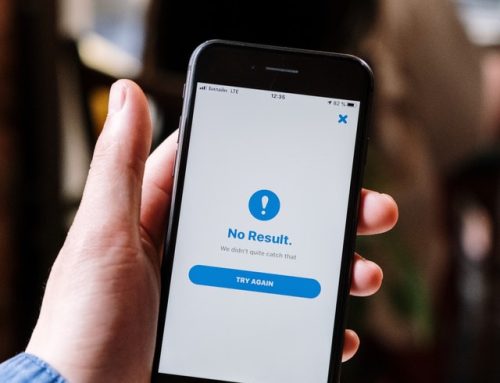“Your Brain on Food” warns one caption. “Can Some Foods Hijack the Brain?” asks another. Now that science finds similar pathways lighting the brain whether it’s on sugar or cocaine, many overeaters feel validated. They’ve known this “hijacking” for years. Others, puzzled by all the fuss, wonder “Why not just have one?”
When it comes to binging, many of the prime suspects emerge as addictive agents: sugar, sugar-fat combinations, and maybe certain flavor enhancers. Many—overeaters included—resist calling themselves “addicts”, however. They can’t imagine life with no sweets at all, and recoil at the ideas of “abstinence” or 12-step groups.
The addiction lens helps many indeed to find freedom and health. However, there’s truth in what holds others from embracing that approach: it’s nearly impossible to completely avoid sugar in our world. And problems can and do arise in making a whole range of foods taboo. Loss of control and binging itself among them.
It does indeed look as if some people respond to sugar (and perhaps other food elements) in a way that resembles how addicts respond to drugs. The comparison, for many, though, is imperfect. For some who binge once they start on cookies or brownies won’t be triggered by sugar that’s added to soup, say, or sweet potato casserole. And still others can and do learn to “eat just one”, even if this proves no simple feat.
As with any addiction, people fall on a spectrum of vulnerability. Genes, learning, temperament, level of impulsivity, body composition and metabolism all play some part. The person who easily has just one may experience the substance quite differently for any or all of these reasons than the one who finds control impossible without complete abstinence.
For all of the weight-conscious in between, though, it’s important to realize that eating sweets leads to overeating for many. It triggers full-out binging pretty often as well. Start solidly by knowing this, and labeling sweets as foods to eat with care and consciousness—not necessarily fear and outright avoidance.
This means thinking about where and when and what and how much makes sense. Going somewhere with donuts and candy in full view, with no plan at all for managing, will never help your eating-better cause. Filling your shopping cart with items that you’ll grab when stressed makes no sense either. Here, think of sweets as having a time and place. Out with the family for an ice cream, maybe. Full gallons in the freezer, no.
Changing how you manage sweets, armed now with the knowledge of how they affect body and brain, also means changing your expectations about how they’ll make you feel. They will almost definitely leave you wanting a bit, or a lot, more. Know that ahead of time and think of how you’ll respond. Distract yourself until the urge passes? Have coffee or brush your teeth? Just ride it out? Any of these are potentially workable strategies.
The pull for more grows less intense with continued practice, and with a stronger habit of eating less generally. Just about anyone who’s cut out, or cut way down will tell you: when you eat fewer sweets, you want fewer sweets. So let that change happen in time.



